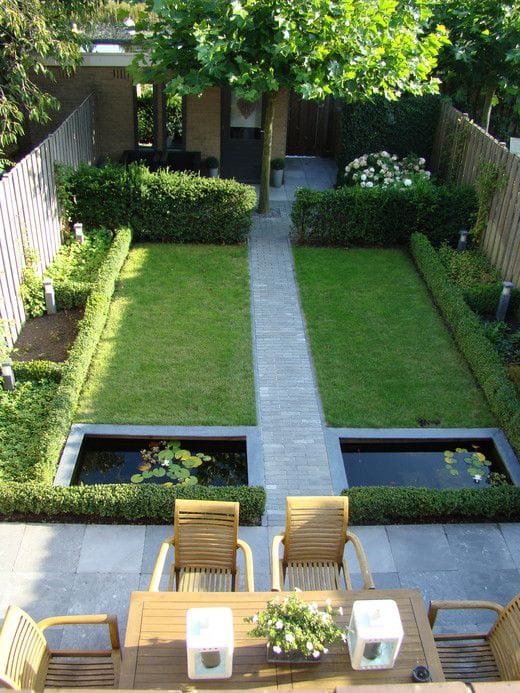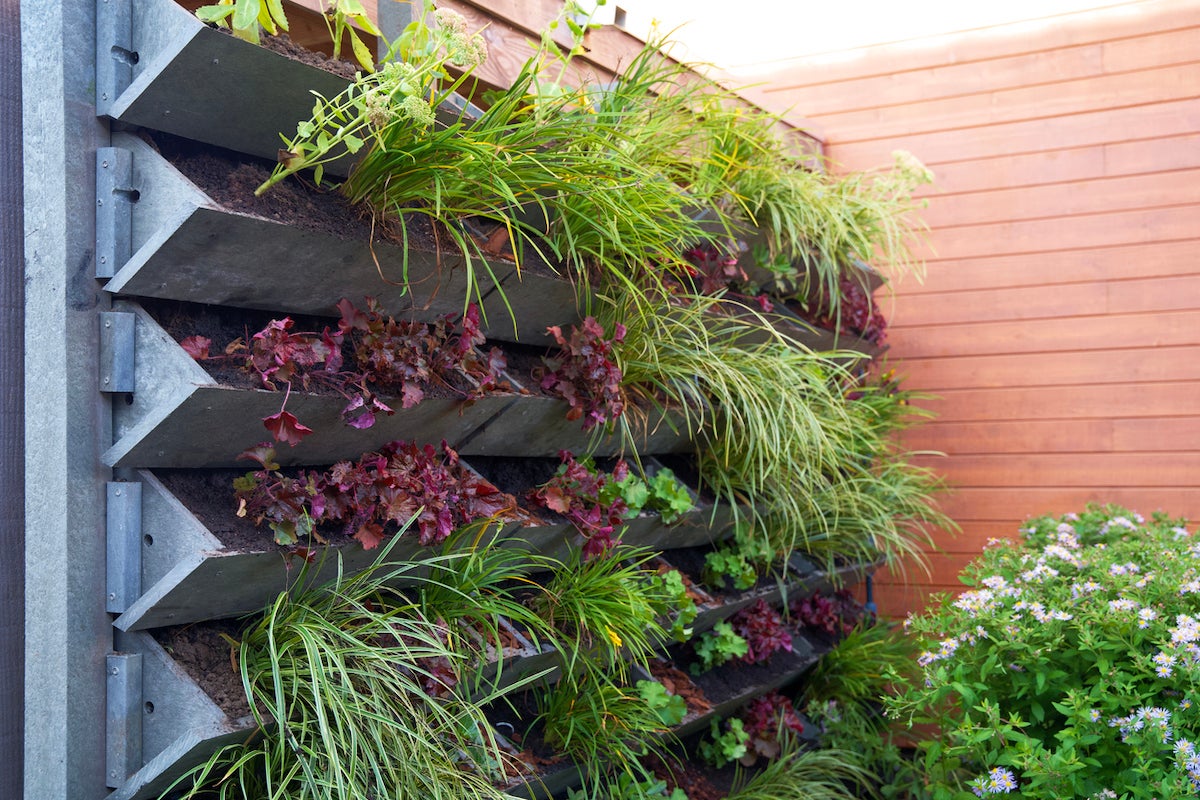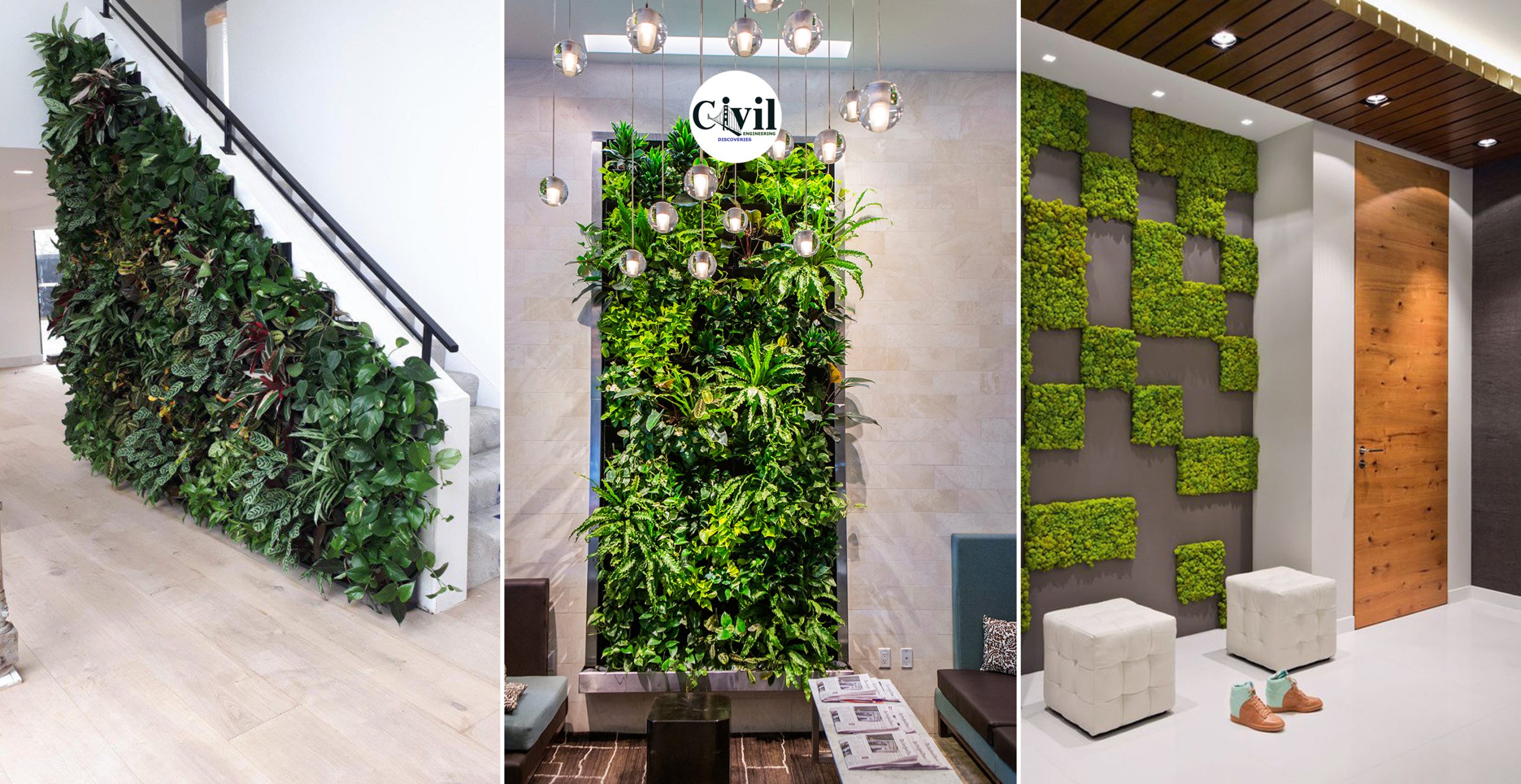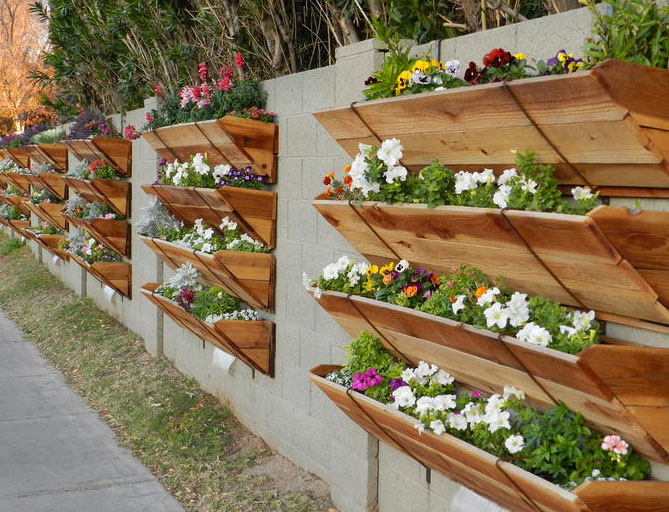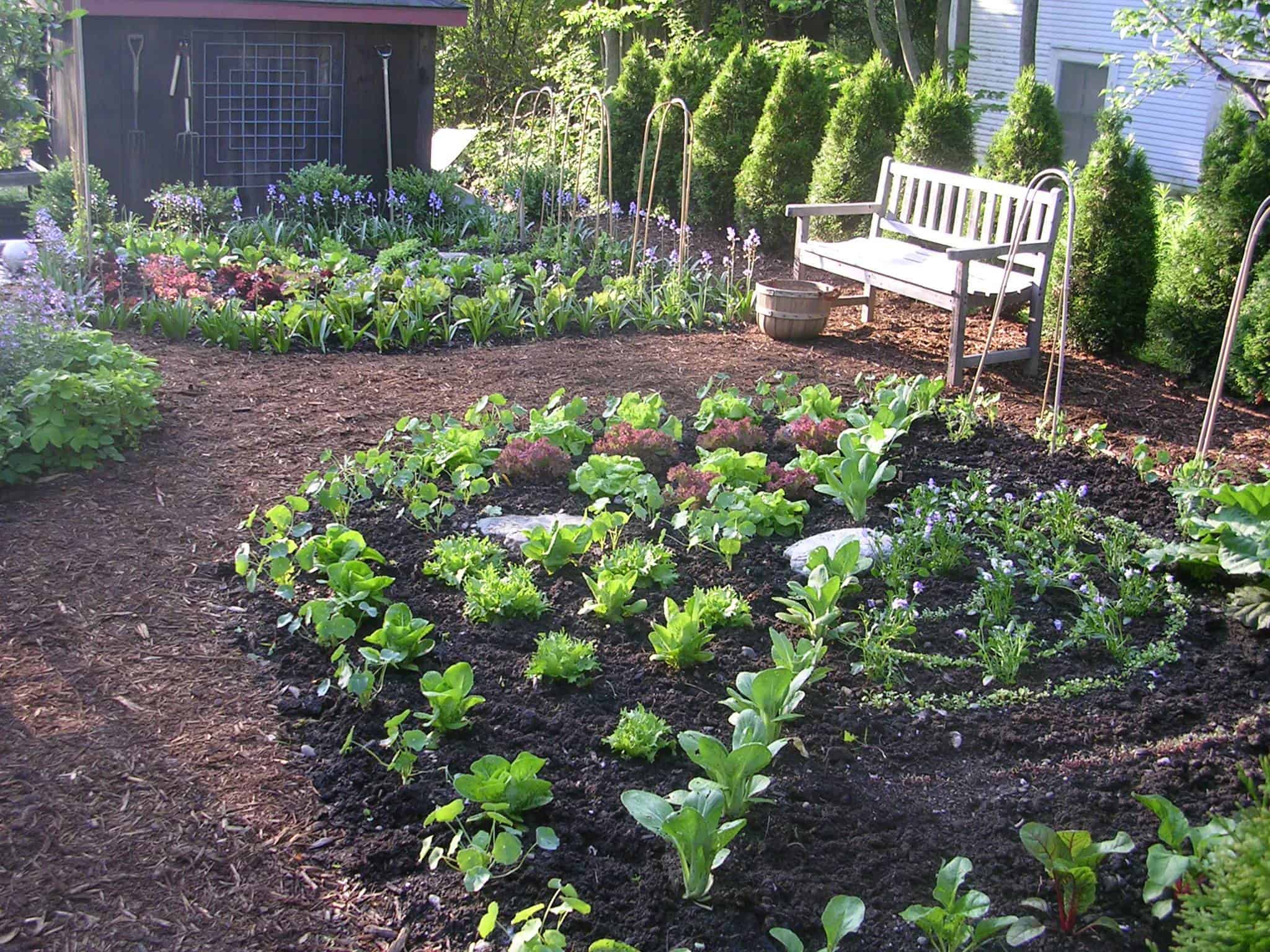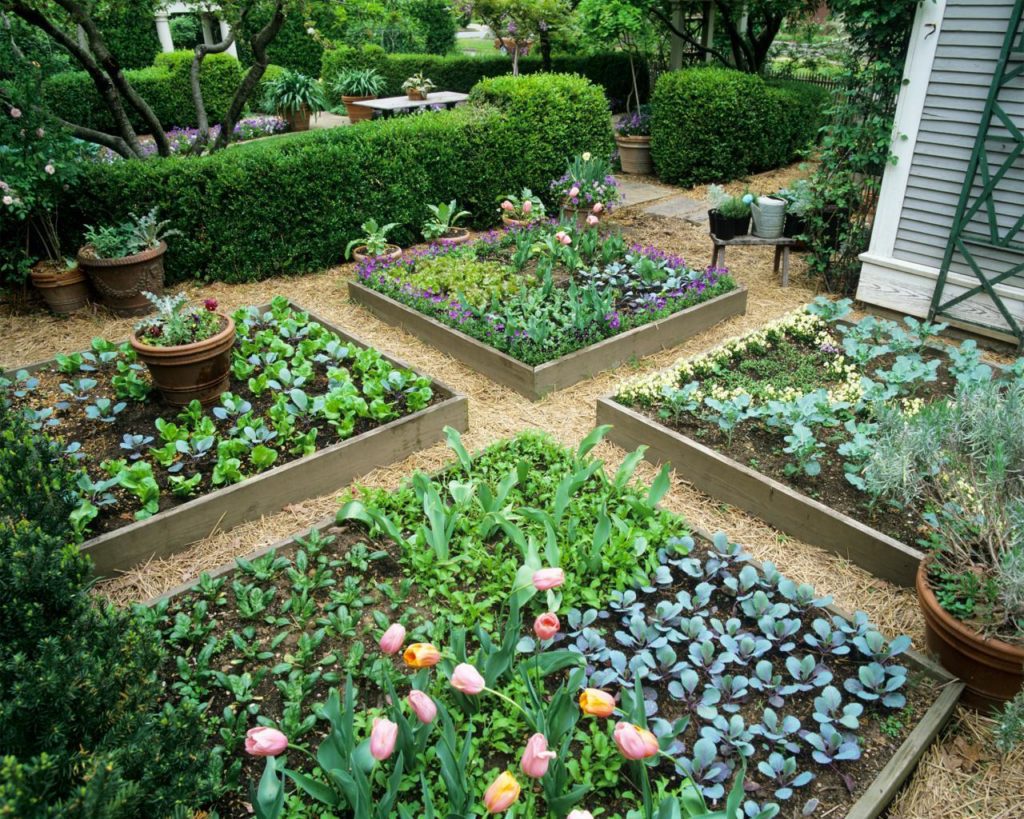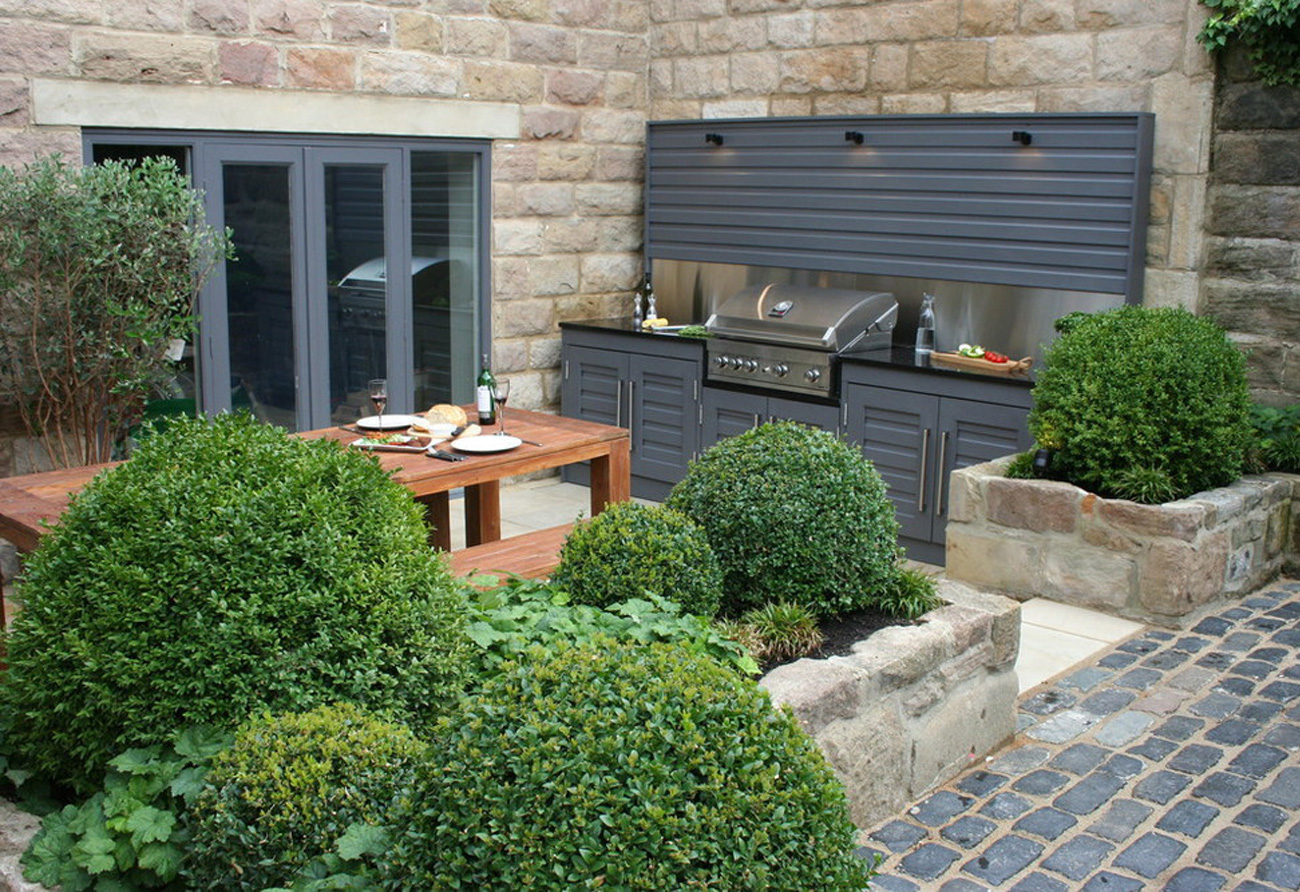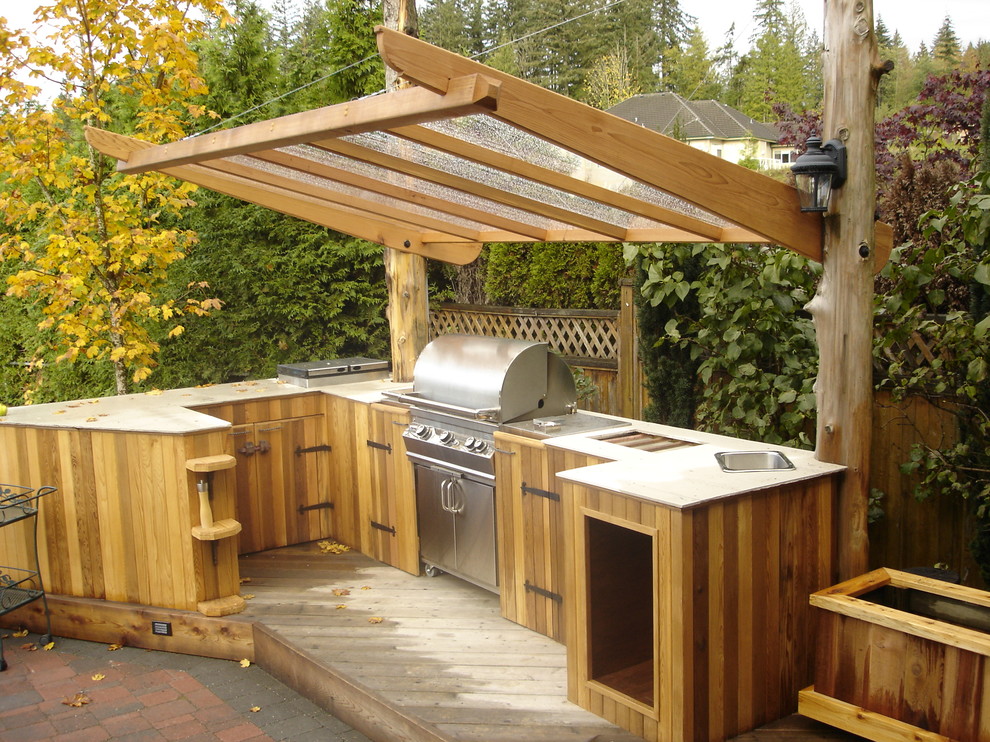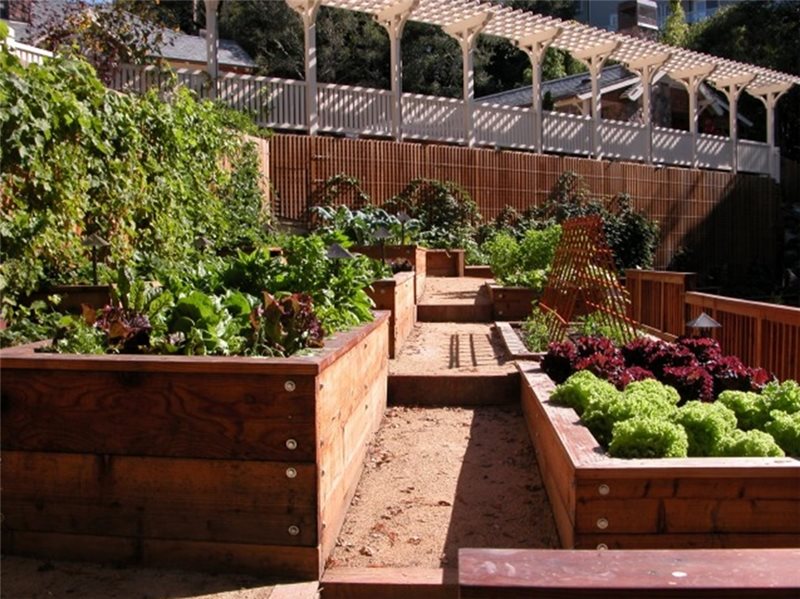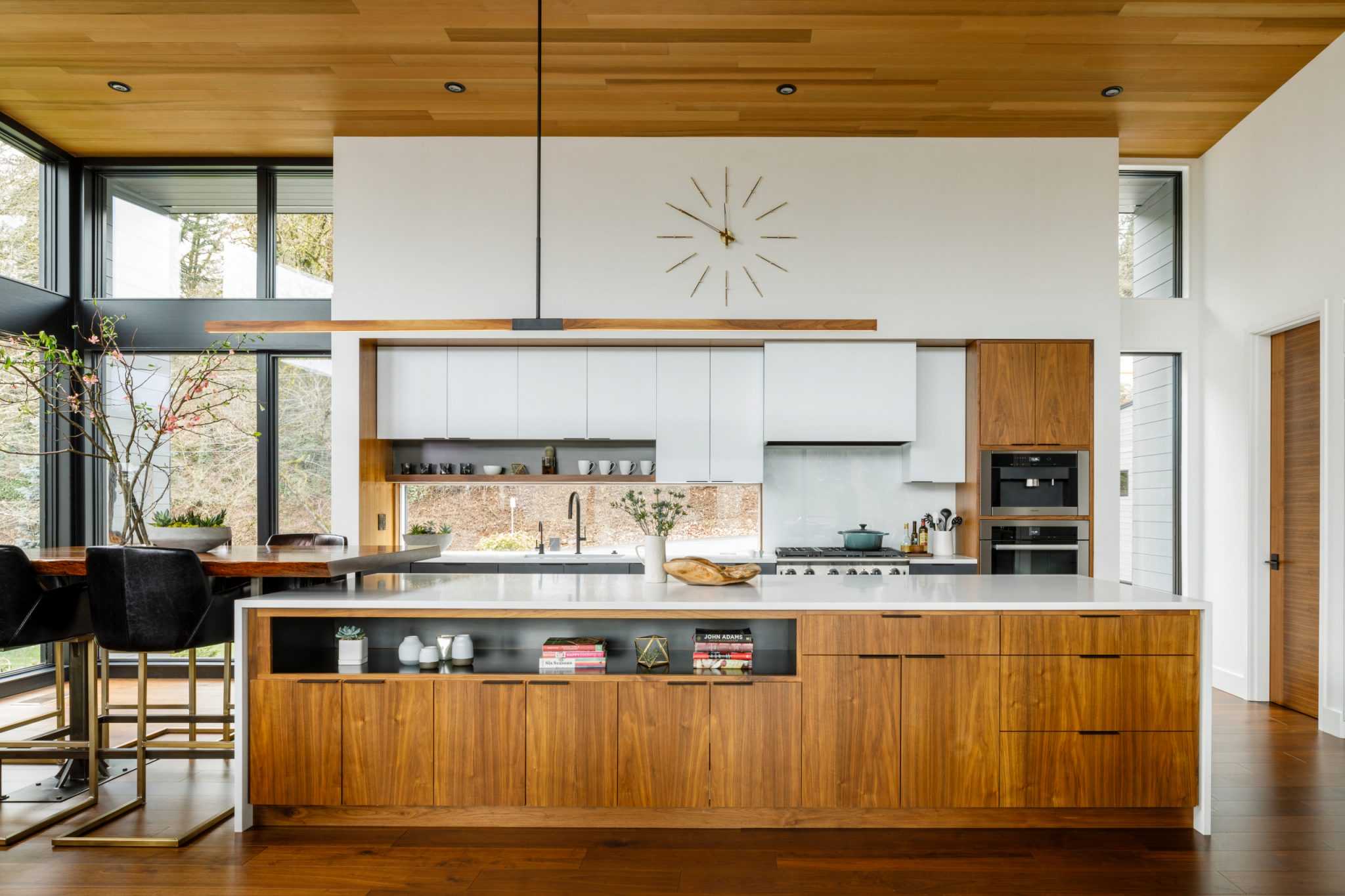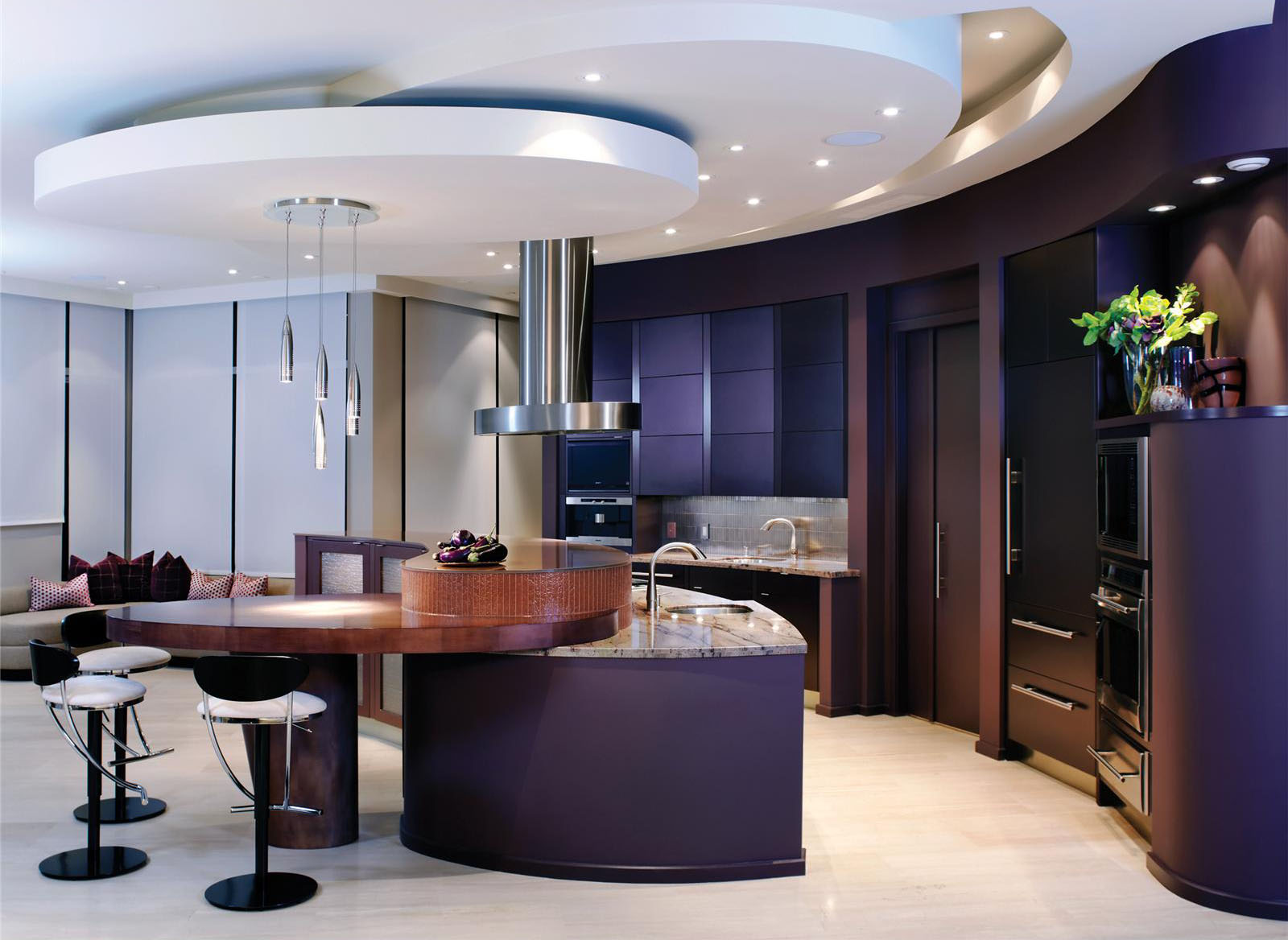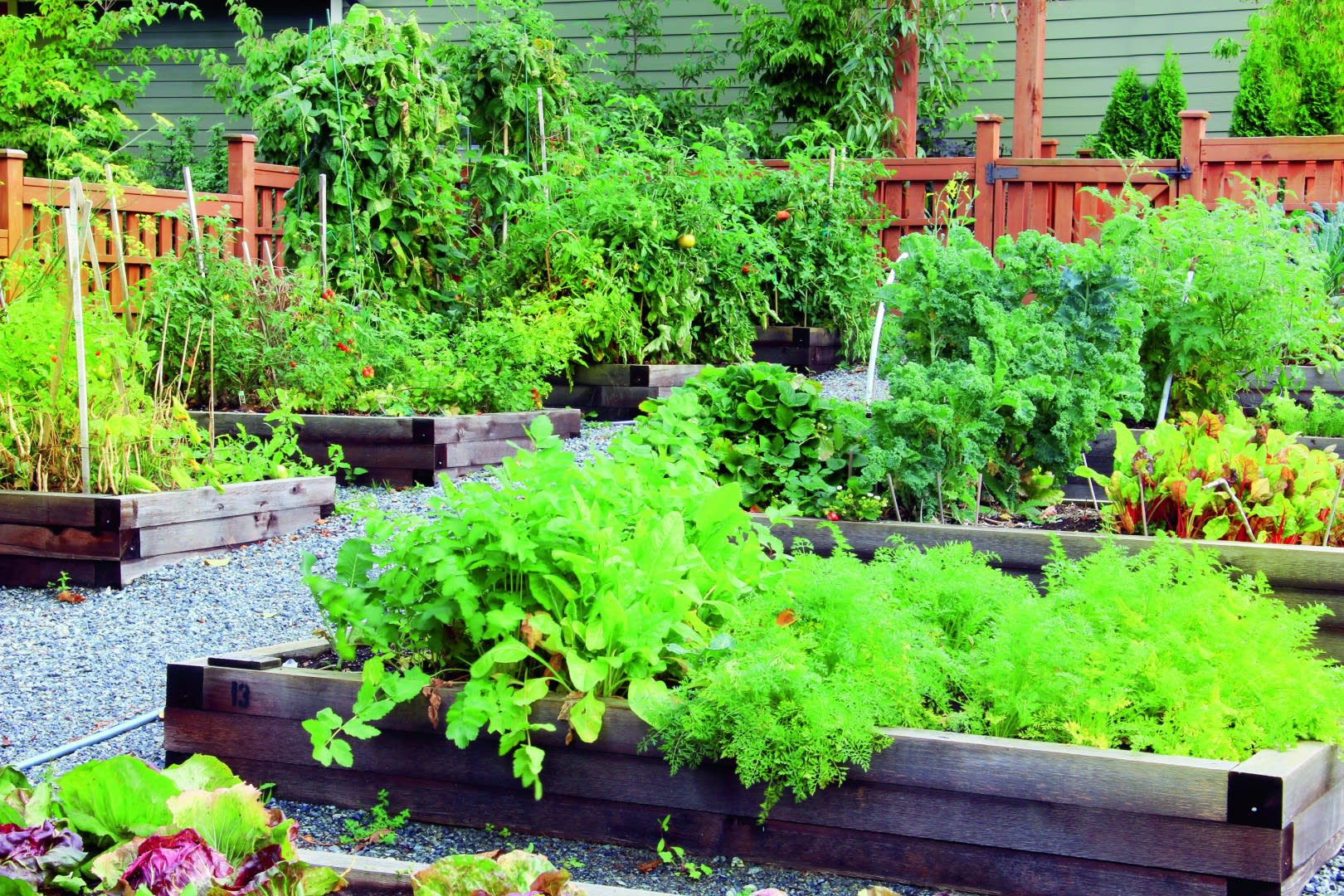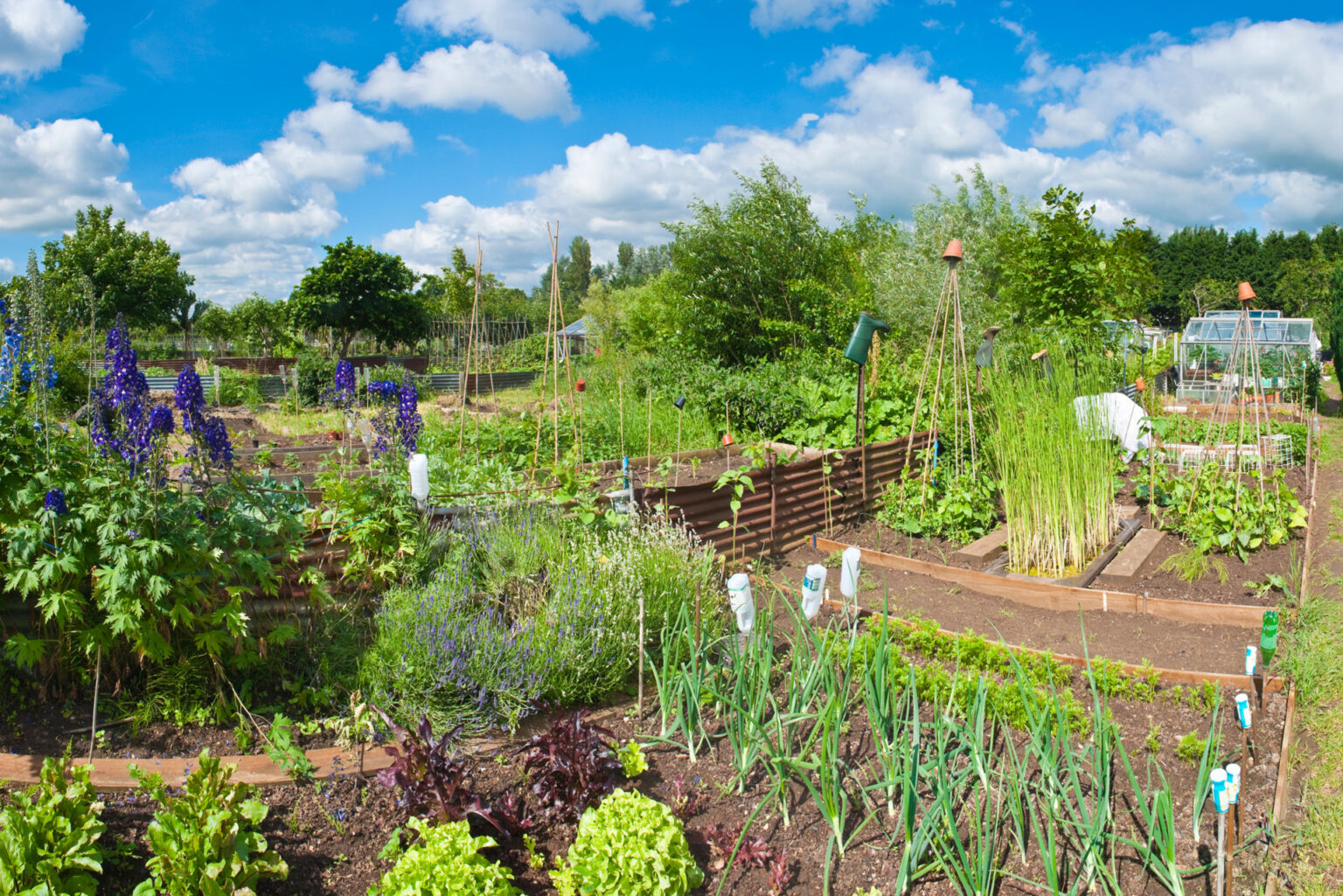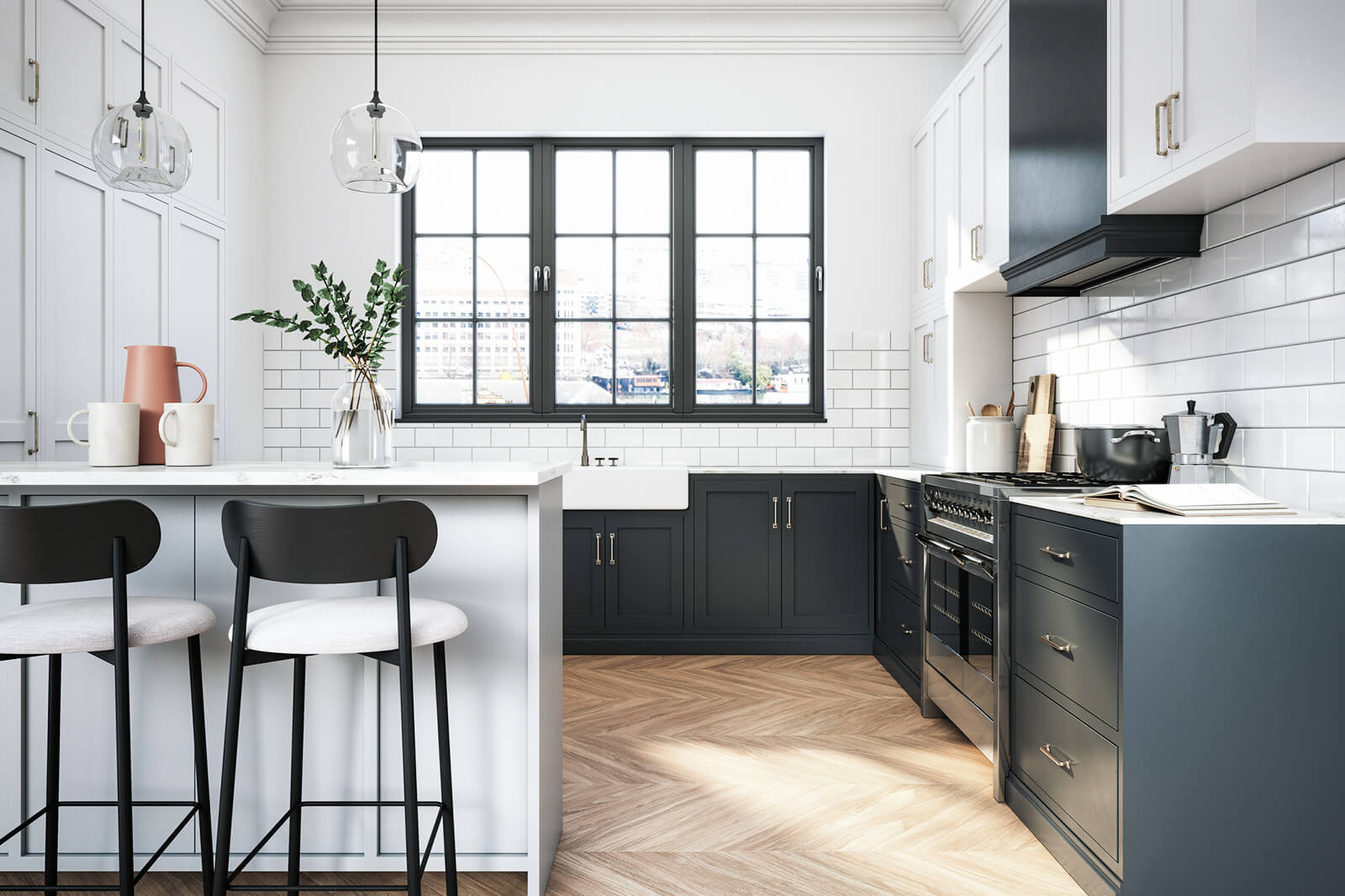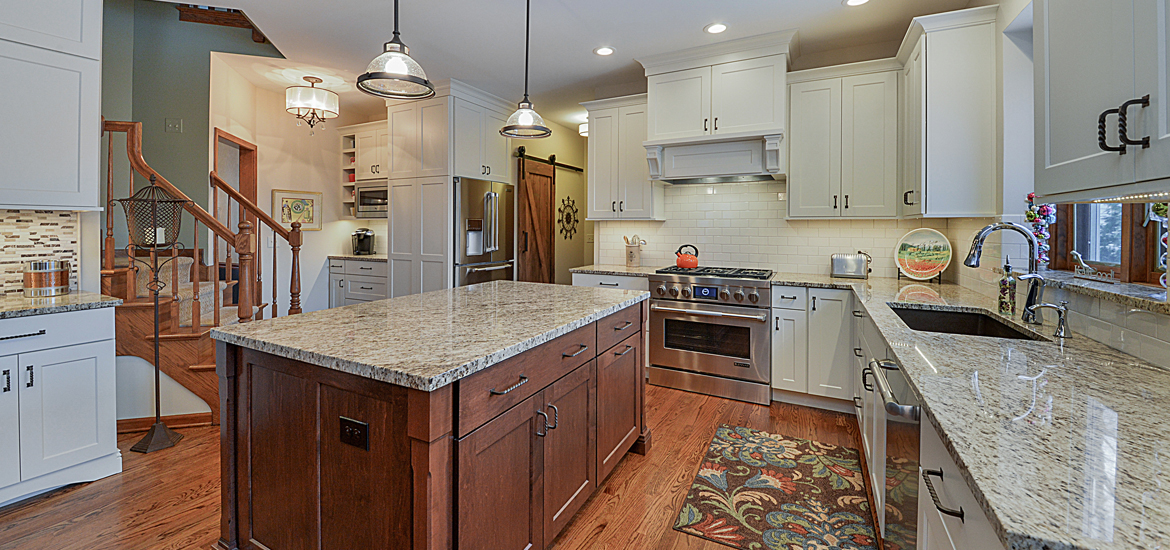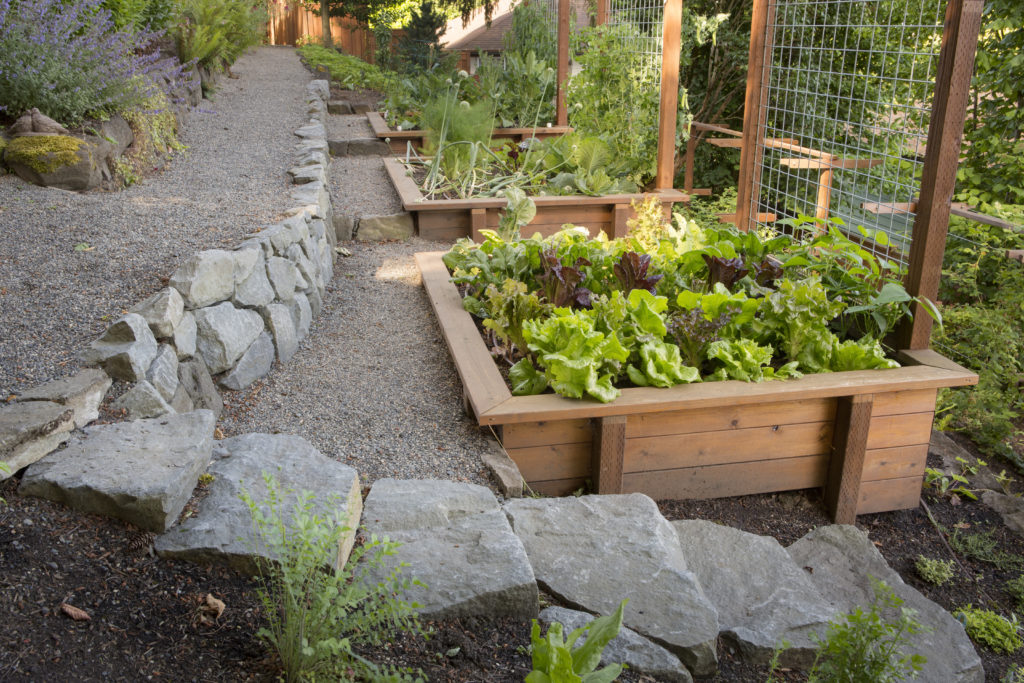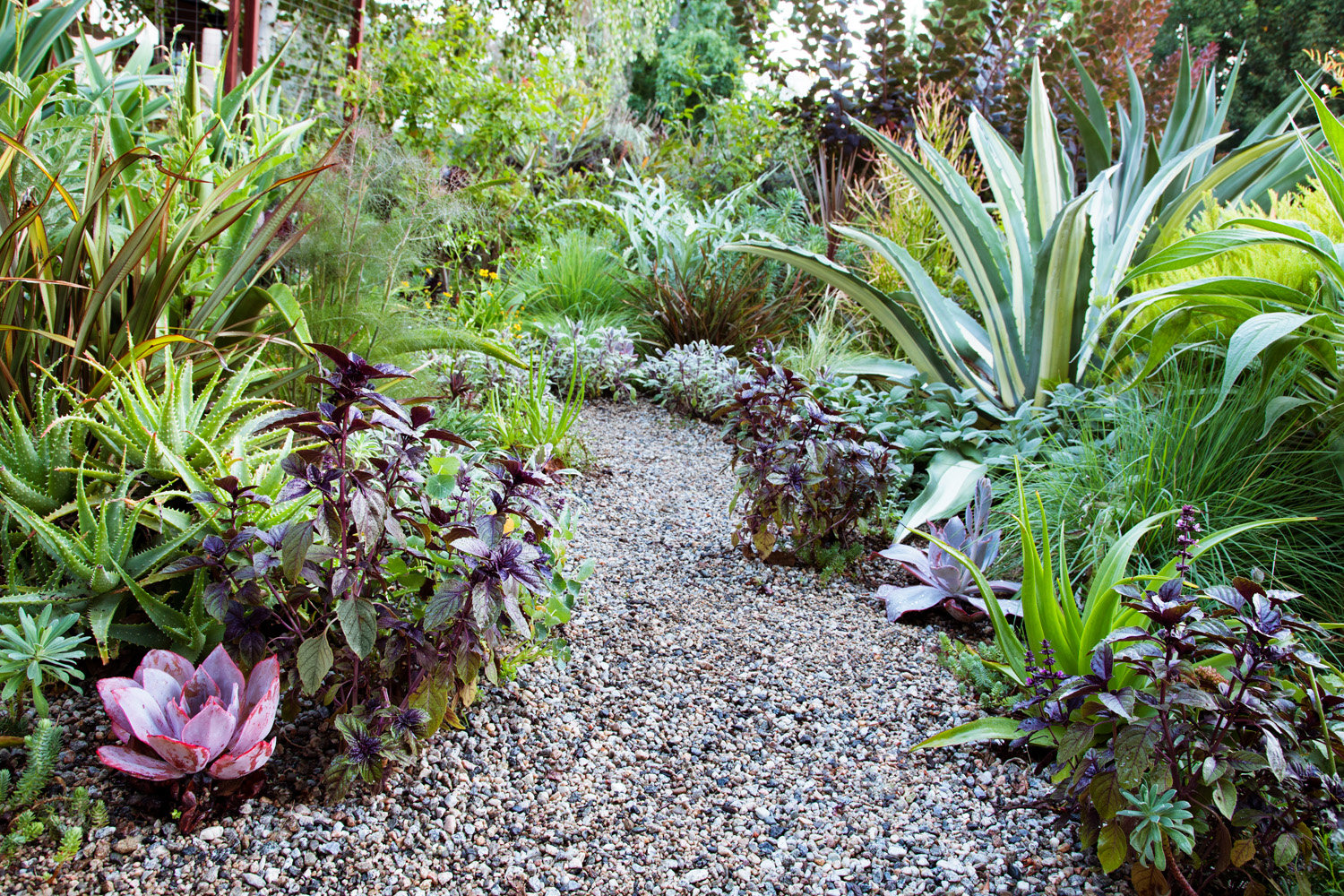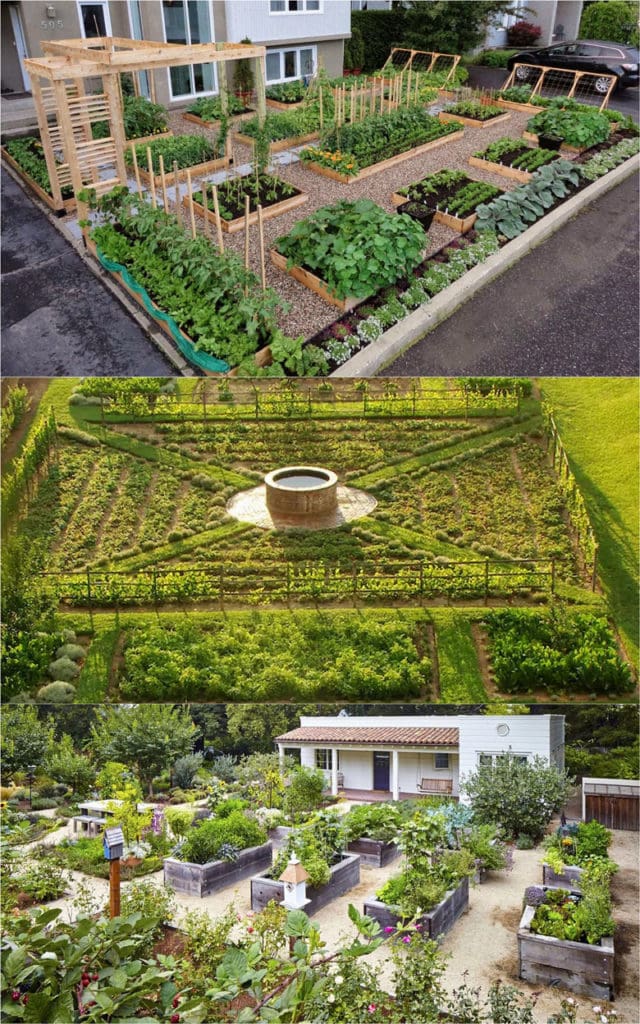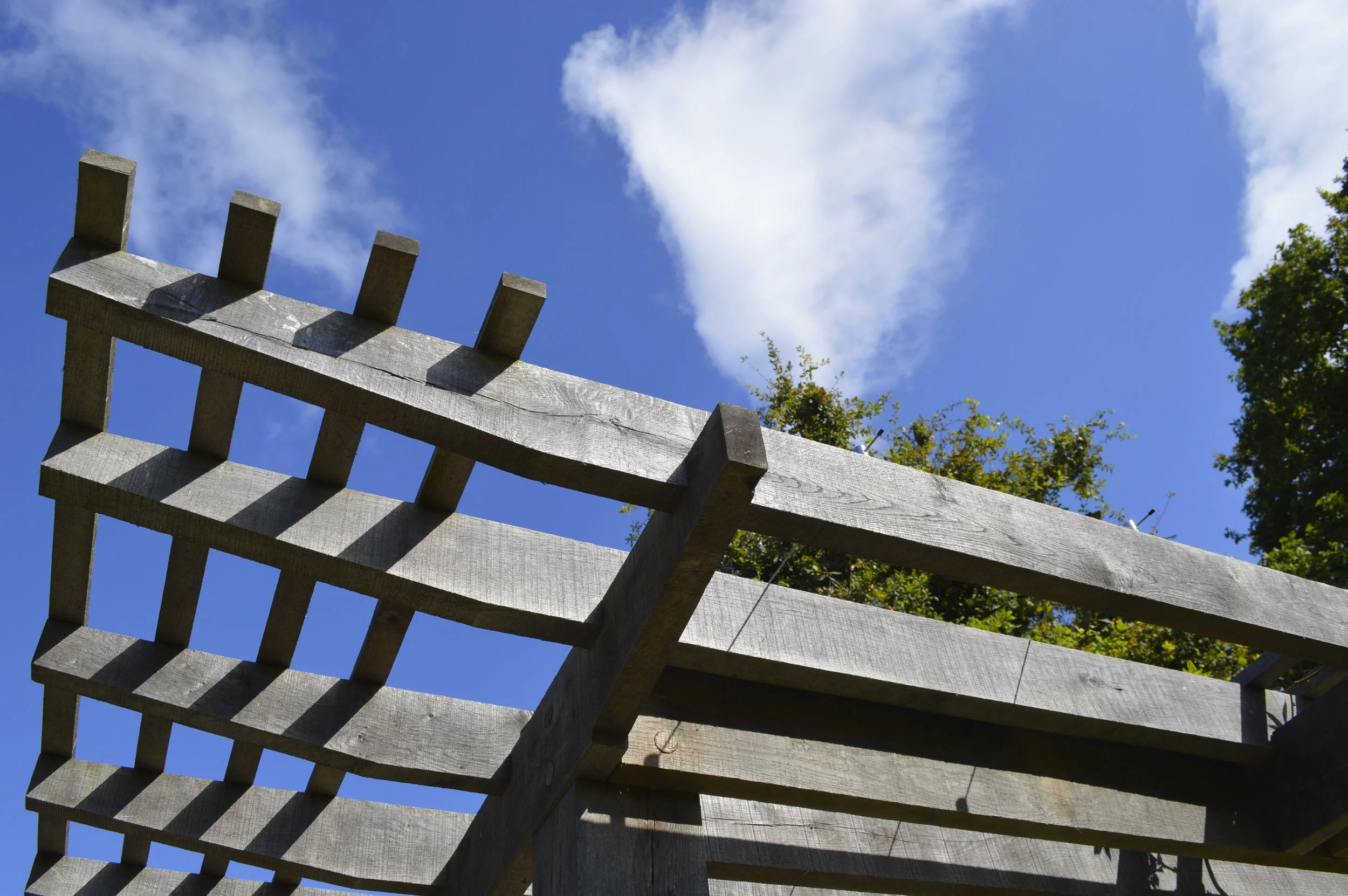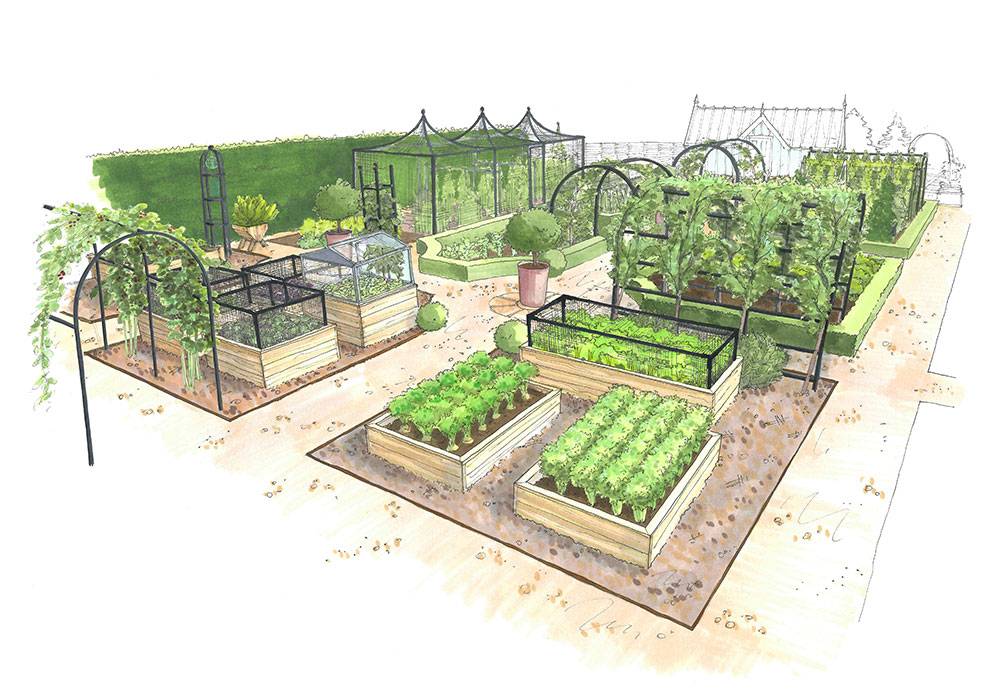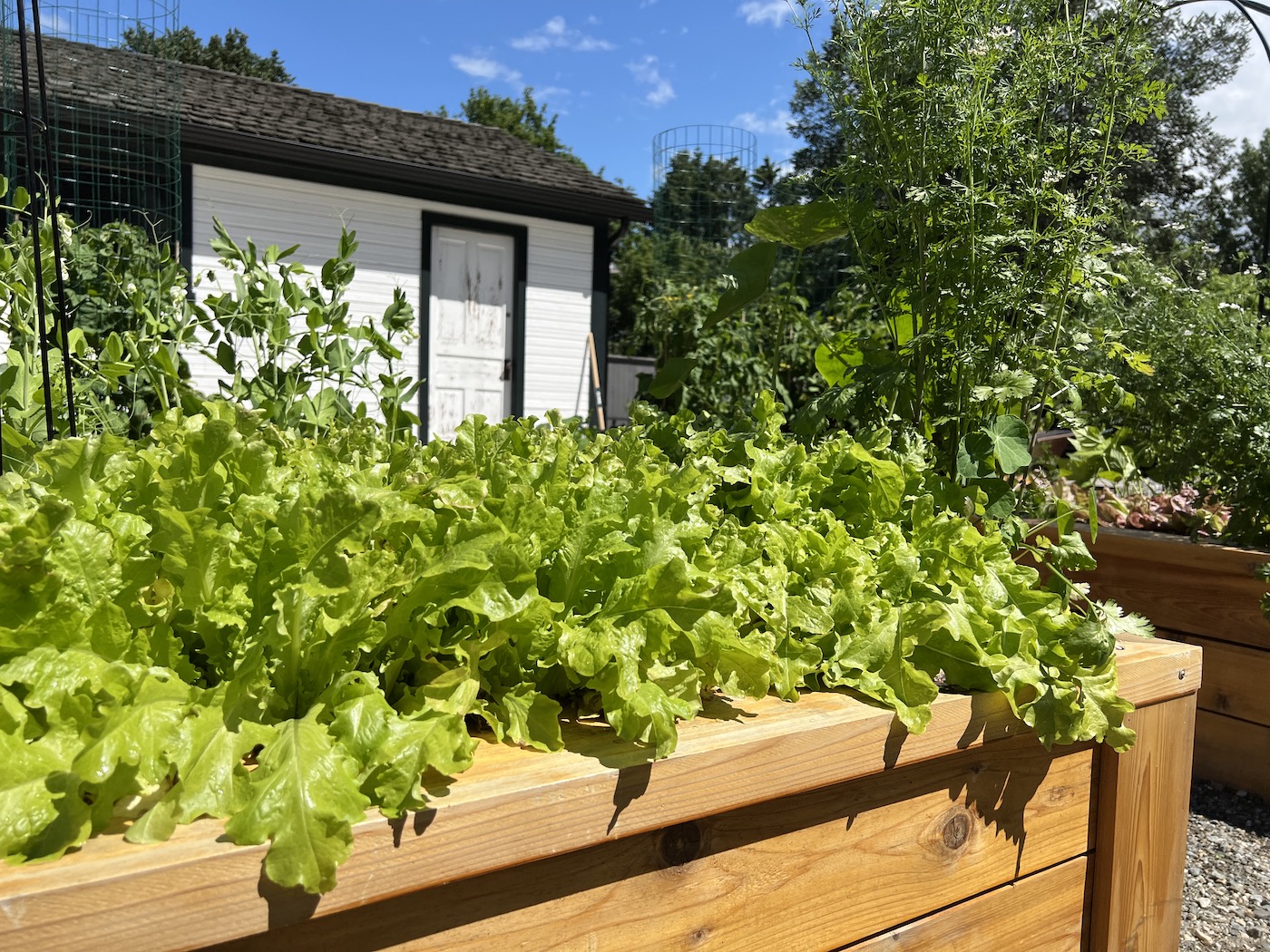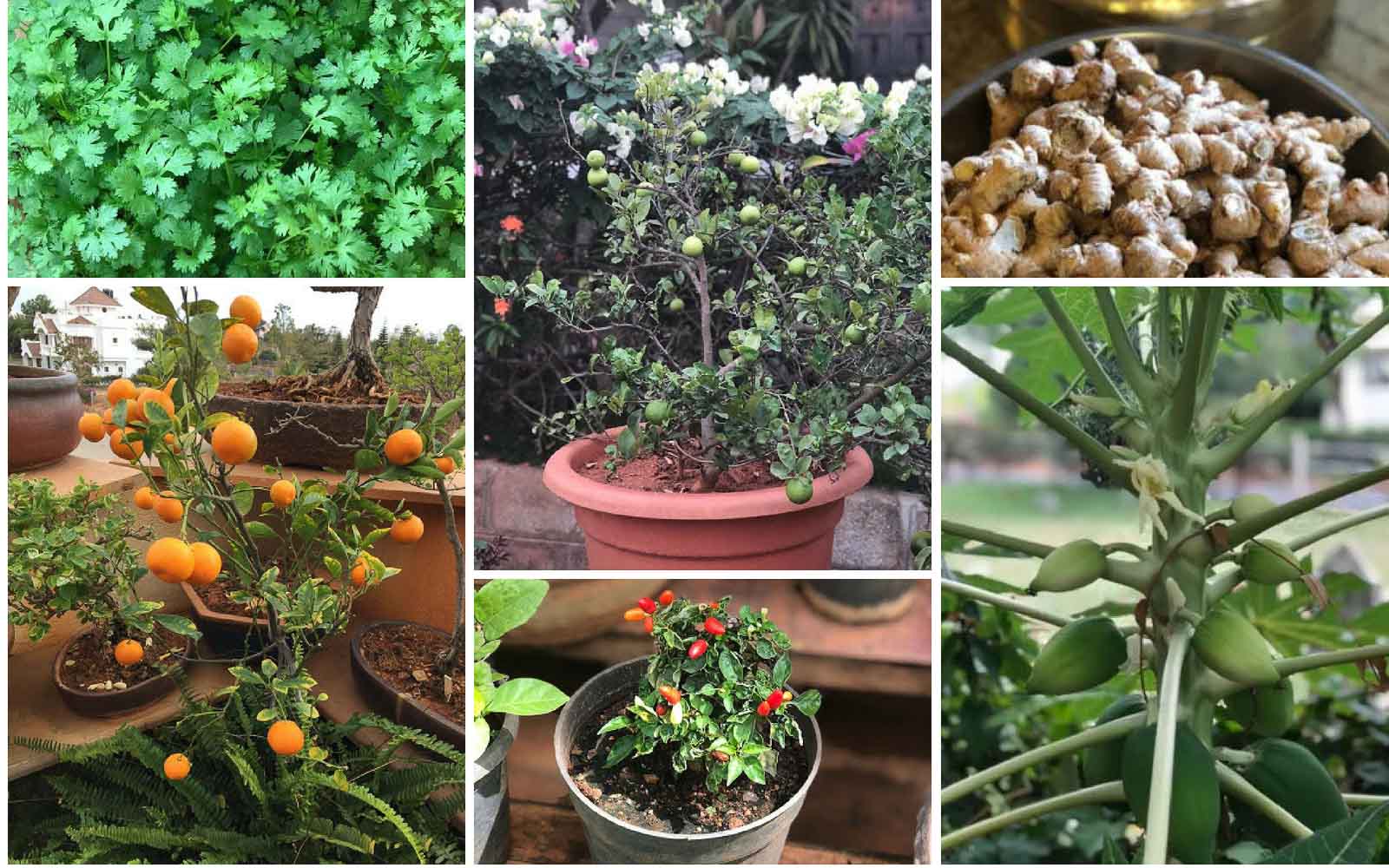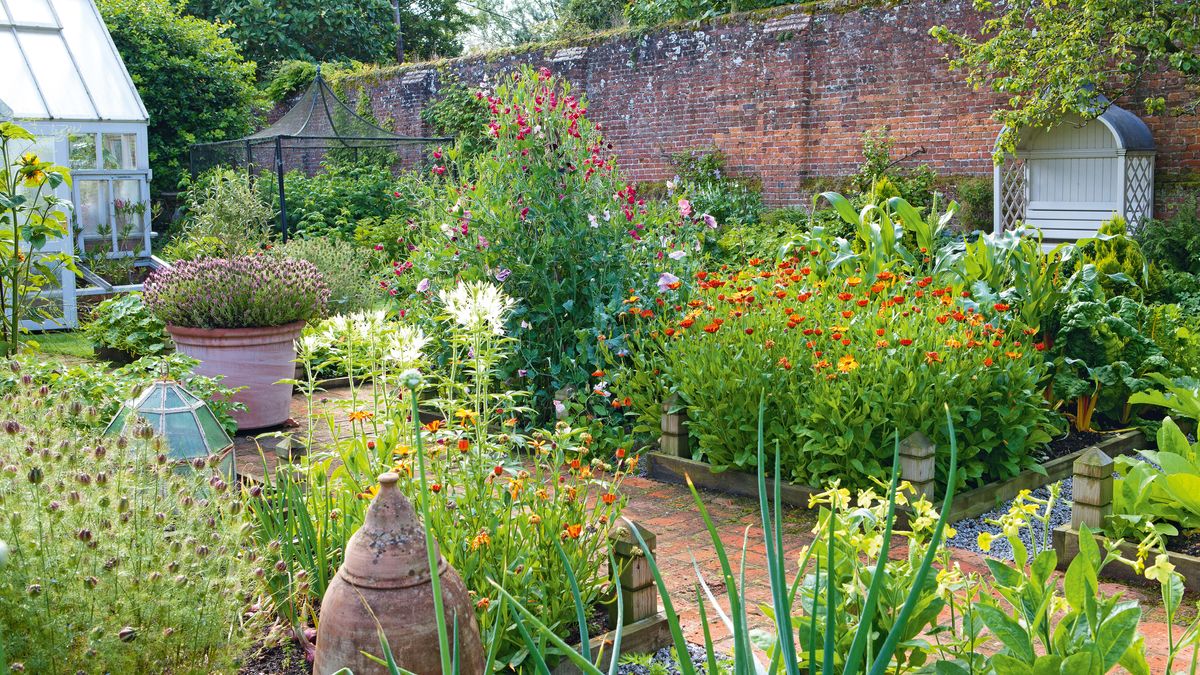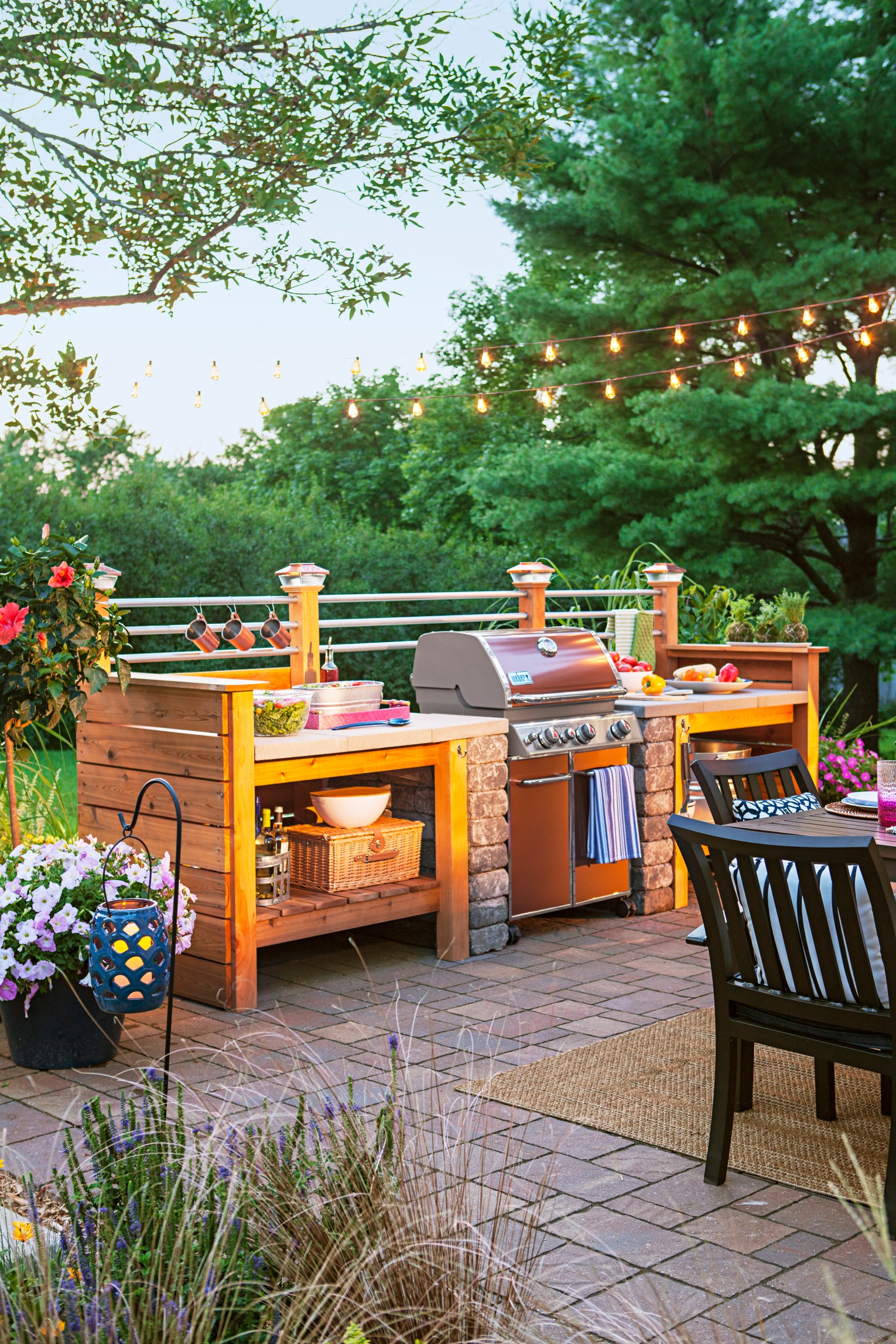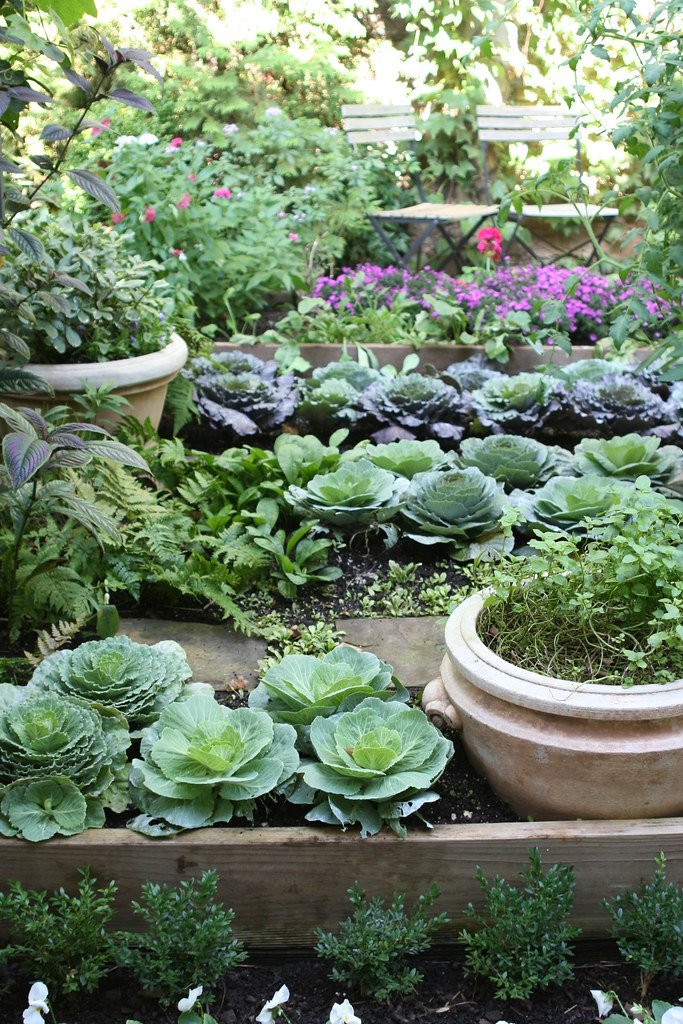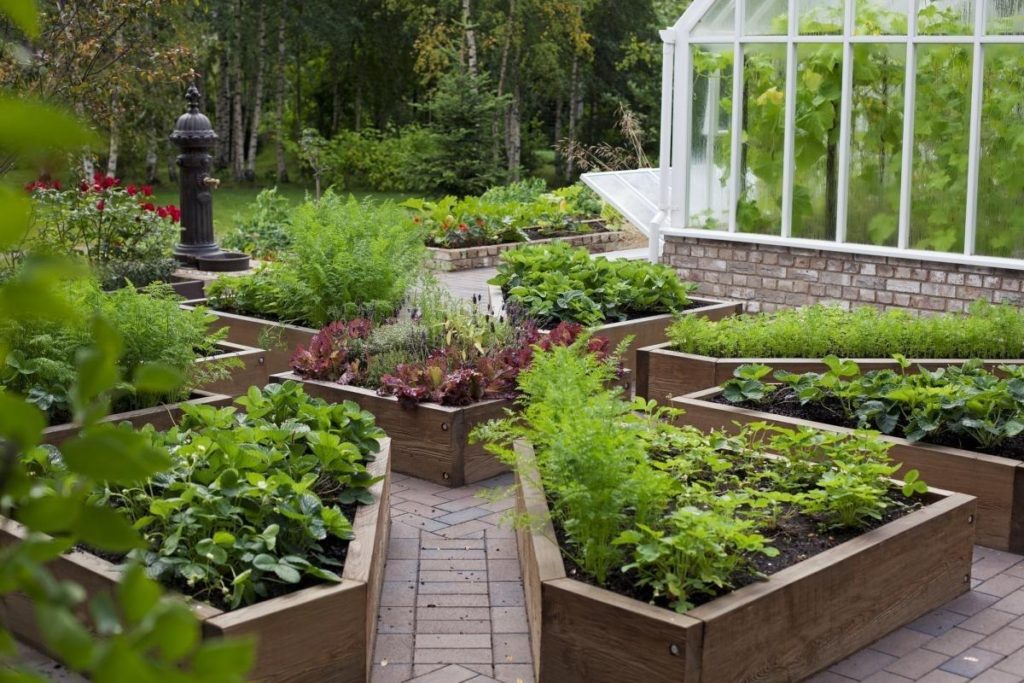Vertical gardens are a popular trend in modern kitchen garden design, as they provide a unique and space-saving way to grow plants. These gardens can be created using a variety of materials such as wall-mounted planters, trellises, and hanging baskets. The lush greenery of a vertical garden adds a touch of nature to any kitchen space, making it a popular choice for urban homes. Modern kitchen garden design is all about incorporating functionality and aesthetics, and a vertical garden does just that. It not only adds visual interest but also provides fresh herbs and vegetables for cooking. Plus, it can be easily customized to fit any kitchen size or style.1. Vertical Garden Design Ideas for Modern Kitchen Spaces
Who says you need a large backyard to have a kitchen garden? With the right small kitchen garden design, you can grow a variety of plants in even the tiniest of spaces. One idea is to use hanging planters to maximize vertical space. You can also create a compact container garden on your kitchen windowsill or balcony. Another creative idea for small kitchen gardens is to use tiered planters, which not only save space but also add visual interest. You can also consider vertical wall-mounted gardens or growing herbs in mason jars to add a touch of charm to your kitchen.2. Small Kitchen Garden Design Ideas
If you have a modern-style kitchen, then a contemporary garden design will complement it perfectly. The key to creating a contemporary kitchen garden is to keep things simple and clean. This can be achieved by using clean lines, geometric shapes, and a limited color palette. Instead of traditional raised beds, consider using sleek metal or concrete planters for a more modern look. You can also incorporate modern elements like a water feature or a statement sculpture into your garden design.3. Contemporary Kitchen Garden Designs
The layout of your kitchen garden is crucial to its success. A well-designed layout can make all the difference in terms of functionality and aesthetics. When it comes to modern kitchen garden layouts, there are a few popular options to consider. One popular layout is the square-foot gardening method, which divides your garden into square sections for easy maintenance and organization. Another option is the circular layout, which is not only visually appealing but also maximizes space. You can also opt for a zigzag or diamond-shaped layout for a unique and modern look.4. Modern Kitchen Garden Layouts
An edible garden is a practical and sustainable addition to any modern kitchen. Not only does it provide fresh produce for cooking, but it also adds a beautiful and natural touch to your space. When designing an edible garden for your kitchen, it's essential to consider the amount of sunlight, water, and space your plants will need. Some popular edible plants for modern kitchen gardens include herbs like basil, thyme, and rosemary, as well as vegetables like tomatoes, peppers, and lettuce. You can also add fruit trees or berry bushes for a variety of fresh produce.5. Edible Garden Design for Modern Kitchens
If you live in a city or have limited outdoor space, urban kitchen garden design can provide inspiration for creating a green oasis in your home. Vertical gardens, container gardens, and rooftop gardens are all great options for urban spaces. Another idea is to incorporate your kitchen garden into your outdoor dining or entertaining area. This not only saves space but also creates a beautiful and functional space for hosting guests.6. Urban Kitchen Garden Design Inspiration
There are many plants that thrive in a modern kitchen garden. When choosing which plants to grow, consider the amount of sunlight and water your space receives, as well as your personal preferences for cooking and aesthetics. Herbs like basil, mint, and cilantro are popular choices for their versatility and ease of growth. Leafy greens, such as spinach, lettuce, and kale, are also great options for their nutritional value and quick growth. Vegetables like tomatoes, peppers, and cucumbers are also popular for their versatility and ability to grow in limited space.7. Modern Kitchen Garden Plants to Grow
When it comes to modern kitchen garden design, there are no hard and fast rules. It's all about being creative and finding ways to incorporate nature into your space. Here are a few tips to get your creative juices flowing: - Use unconventional containers like old tea tins or mason jars for a unique look.8. Creative Kitchen Garden Design Tips
- Incorporate different textures, such as wood, metal, and concrete, for visual interest.
- Consider adding a water feature or small pond for a calming and natural element.
- Use a variety of heights and levels to add dimension to your garden.
- Don't be afraid to mix and match different plants for a diverse and colorful garden.
You don't need a big budget to create a beautiful and functional modern kitchen garden. In fact, many materials can be repurposed or found for free. For example, old pallets can be turned into vertical gardens, and mason jars or tin cans can be used as planters. Another budget-friendly option is to grow plants from seeds instead of buying fully-grown plants. This not only saves money but also allows you to experiment with different varieties and grow plants that may not be available at your local nursery.9. Modern Kitchen Garden Design on a Budget
Incorporating sustainable practices into your kitchen garden design is not only beneficial for the environment but also for your wallet. Here are a few ideas for creating a sustainable kitchen garden: - Use organic methods for pest control and fertilization. In conclusion, modern kitchen garden design is all about creativity, functionality, and sustainability. With the right layout, plants, and design elements, you can create a beautiful and practical garden that adds a touch of nature to your kitchen space. So why not give it a try and start growing your own fresh produce today?10. Sustainable Kitchen Garden Design Ideas
- Incorporate composting into your garden to reduce waste and create nutrient-rich soil.
- Choose native plants that are adapted to your climate and require less maintenance.
- Use rainwater harvesting to water your plants and reduce water usage.
- Consider adding a beehive or birdhouse to attract pollinators to your garden.
The Benefits of Modern Kitchen Garden Design

Creating a Sustainable and Functional Space
 Modern kitchen garden design has become increasingly popular in recent years as people become more conscious of their impact on the environment and strive to live a more sustainable lifestyle. Not only does it provide a way to grow your own fresh and organic produce, but it also adds a touch of beauty and functionality to your home. By incorporating elements such as vertical gardens, green roofs, and eco-friendly irrigation systems, modern kitchen gardens are not only aesthetically pleasing but also highly functional.
Modern kitchen garden design has become increasingly popular in recent years as people become more conscious of their impact on the environment and strive to live a more sustainable lifestyle. Not only does it provide a way to grow your own fresh and organic produce, but it also adds a touch of beauty and functionality to your home. By incorporating elements such as vertical gardens, green roofs, and eco-friendly irrigation systems, modern kitchen gardens are not only aesthetically pleasing but also highly functional.
Maximizing Space and Efficiency
 One of the key benefits of modern kitchen garden design is its ability to maximize space and efficiency. With the rise of urban living and smaller living spaces, having a traditional backyard garden may not be feasible for many people. However, with modern kitchen garden design, you can utilize small and unconventional spaces such as balconies, rooftops, and even indoor areas to grow your own produce. This not only saves space but also allows for better organization and management of your garden.
One of the key benefits of modern kitchen garden design is its ability to maximize space and efficiency. With the rise of urban living and smaller living spaces, having a traditional backyard garden may not be feasible for many people. However, with modern kitchen garden design, you can utilize small and unconventional spaces such as balconies, rooftops, and even indoor areas to grow your own produce. This not only saves space but also allows for better organization and management of your garden.
Promoting Health and Wellbeing
 Incorporating a kitchen garden into your home can also have a positive impact on your health and wellbeing. With access to fresh, organic produce just steps away from your kitchen, you can easily incorporate more fruits and vegetables into your diet, leading to a healthier lifestyle. Gardening is also a great form of physical activity, providing a way to stay active while also reducing stress and promoting relaxation.
Incorporating a kitchen garden into your home can also have a positive impact on your health and wellbeing. With access to fresh, organic produce just steps away from your kitchen, you can easily incorporate more fruits and vegetables into your diet, leading to a healthier lifestyle. Gardening is also a great form of physical activity, providing a way to stay active while also reducing stress and promoting relaxation.
Adding Value to Your Home
 Not only does modern kitchen garden design offer numerous benefits for your personal wellbeing, but it can also add value to your home. A well-designed and maintained kitchen garden is not only visually appealing but also adds to the functionality and sustainability of your home. This can be a major selling point for potential buyers, making it a worthwhile investment for homeowners.
In conclusion, modern kitchen garden design offers a plethora of benefits, from promoting sustainability and efficiency to improving health and adding value to your home. By incorporating this design into your house, you can create a beautiful and functional space that not only benefits you but also the environment. Embrace the trend of modern kitchen garden design and reap the rewards of a more sustainable and fulfilling lifestyle.
Not only does modern kitchen garden design offer numerous benefits for your personal wellbeing, but it can also add value to your home. A well-designed and maintained kitchen garden is not only visually appealing but also adds to the functionality and sustainability of your home. This can be a major selling point for potential buyers, making it a worthwhile investment for homeowners.
In conclusion, modern kitchen garden design offers a plethora of benefits, from promoting sustainability and efficiency to improving health and adding value to your home. By incorporating this design into your house, you can create a beautiful and functional space that not only benefits you but also the environment. Embrace the trend of modern kitchen garden design and reap the rewards of a more sustainable and fulfilling lifestyle.
